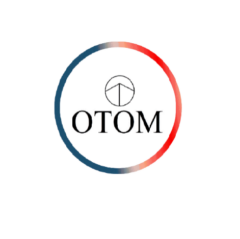Process velocity plays a critical role in automated fiber placement (AFP) and significantly impacts the quality and performance of the final product. Understanding and controlling heat input with respect to the placement rate is essential for achieving optimal results.
When there are variations in velocity, such as during acceleration, deceleration, or on curved objects, the exposure time to the heat source changes. Whether the heat source is hot gas torches, infrared heaters, lasers, or pulsed lights, the relationship between placement rate and process temperature follows a general rule: faster movement results in less exposure time to the heat.
This has implications for the conduction and advection mechanisms within the material. The temperature gradient along the plied layers may increase, leading to quality inhomogeneity in the product. To minimize these variations and optimize product quality, it is crucial to compensate for the changes in temperature due to process velocity.
At OTOMcomposite, we specialize in optimizing product quality in AFP processes. By leveraging advanced numerical tools and simulations, we can assist you in analyzing the impact of process velocity on temperature distribution and recommend strategies to compensate for these effects. Our expertise enables us to provide tailored solutions that enhance the homogeneity and overall quality of your composite products, ensuring consistent performance and reliability.

